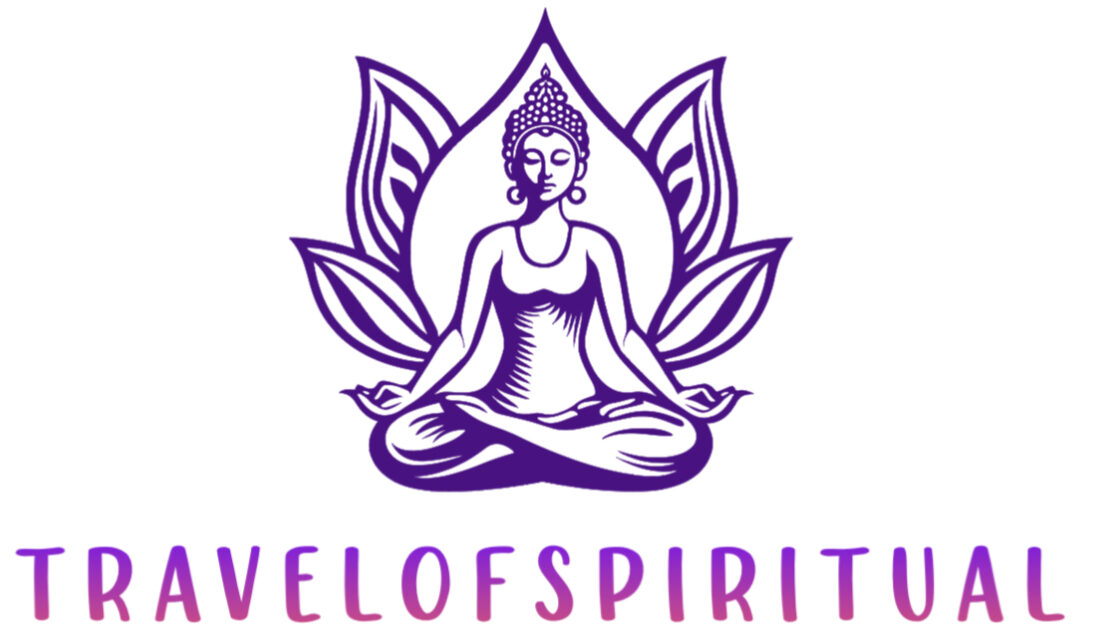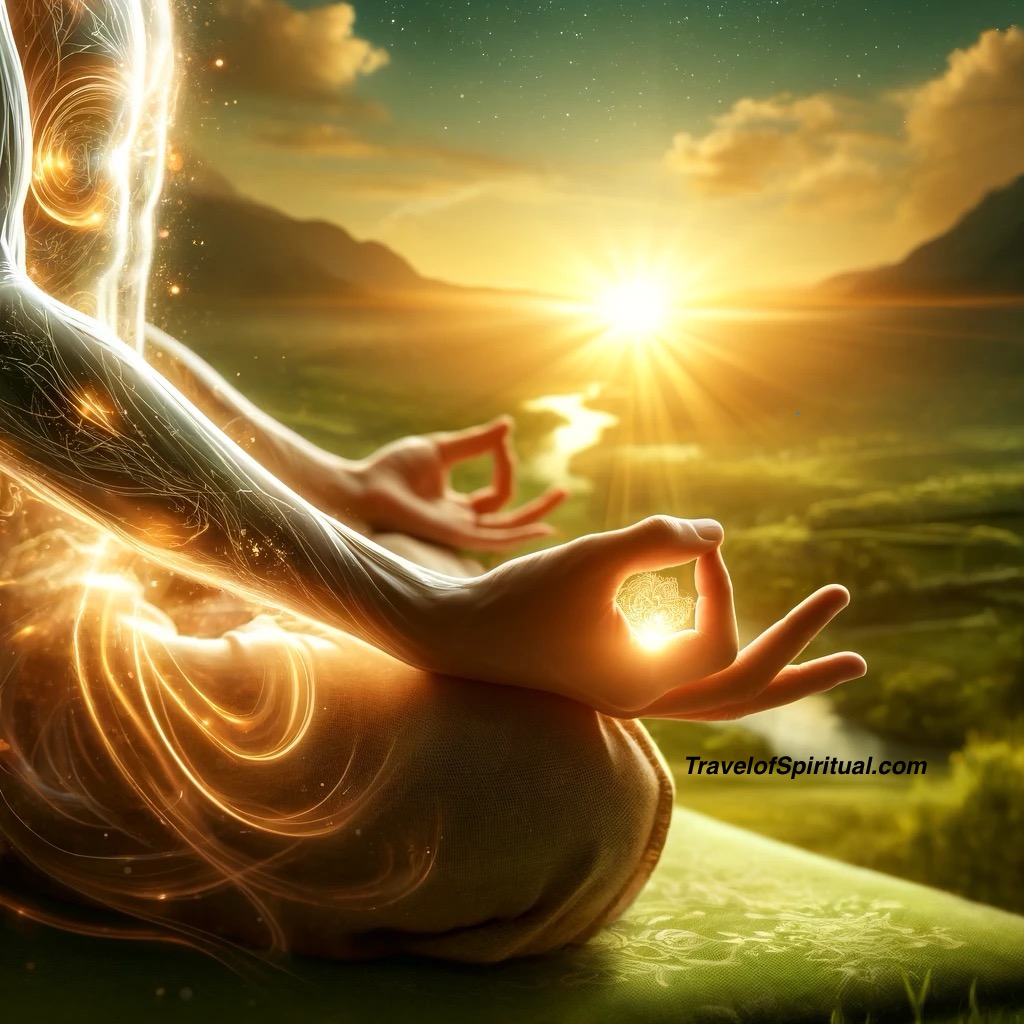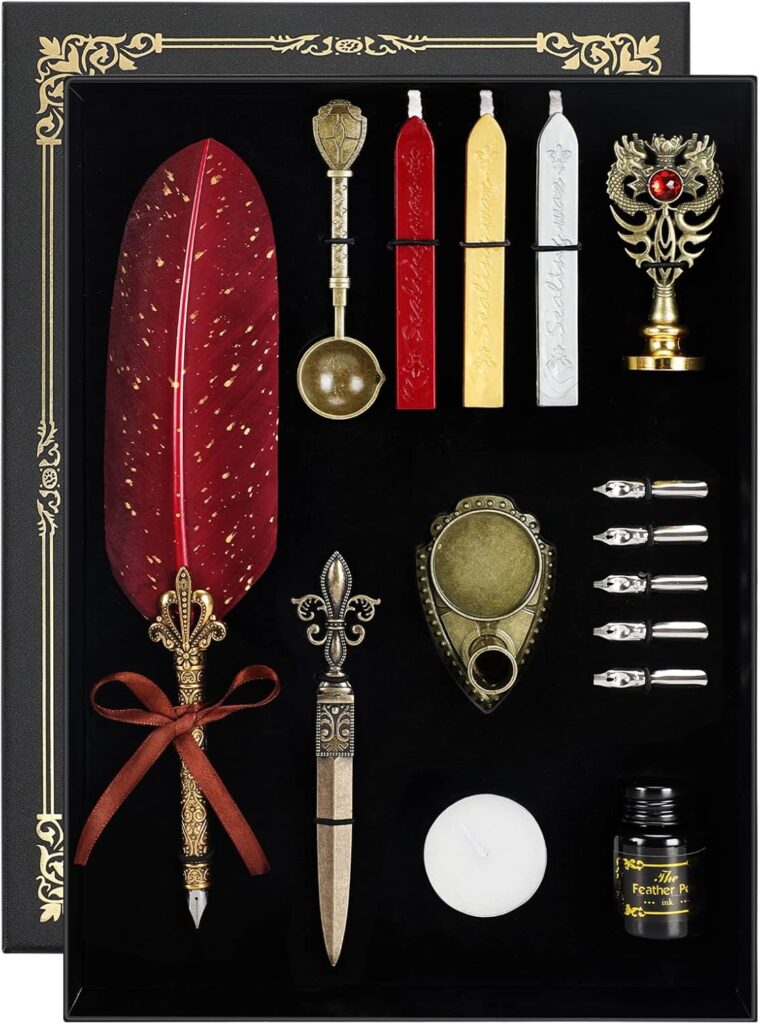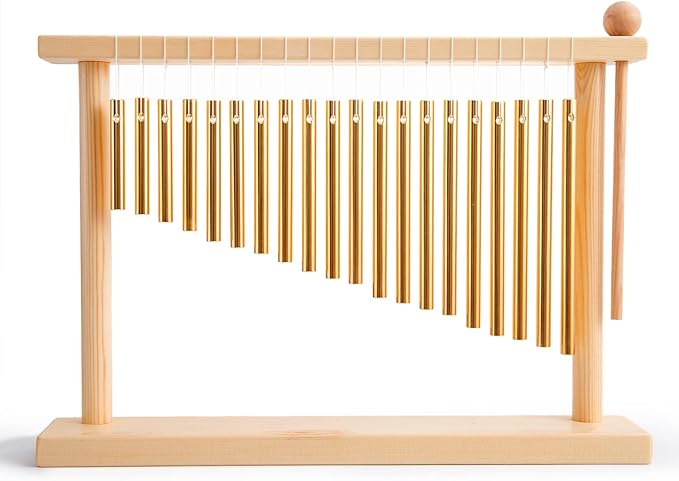A mudra is a symbolic hand gesture or posture used in yoga, meditation, and various spiritual practices to direct and channel energy, thoughts, or emotions. The term originates from Sanskrit, meaning “seal,” “gesture,” or “mark.”
Mudras are often used in Hinduism, Buddhism, and Jainism and are believed to enhance spiritual practices, stimulate specific areas of the brain, and connect the mind and body. They are often combined with breathing techniques (pranayama) and meditation to deepen focus and achieve desired states of awareness or healing.
Mudras can involve hand gestures, whole-body positions, or even eye movements. Some common examples include:
1. Gyan Mudra (Gesture of Knowledge): Thumb and index finger touch while the other fingers remain extended. It symbolizes wisdom and is used for enhancing focus and meditation.
2. Anjali Mudra (Prayer Gesture): Hands pressed together at the chest. It symbolizes respect, gratitude, and devotion.
3. Dhyana Mudra (Meditation Gesture): Hands resting on the lap with palms facing up, often seen in statues of the Buddha.
Each mudra has a specific meaning, effect, and purpose, often tied to physical, emotional, or spiritual well-being.
Here is a deeper exploration of mudras:
1. Origin and Philosophy
• The word “mudra” comes from the Sanskrit roots “mud” (joy) and “ra” (produce), signifying actions that generate positivity and inner joy.
• Mudras are deeply embedded in ancient traditions like Hinduism, Buddhism, Jainism, and even some tantric practices.
• Mudras are seen as tools for aligning the body, mind, and spirit. In yoga and Ayurveda, mudras are believed to influence the five elements (earth, water, fire, air, and space) that govern the body, thus balancing physical and emotional energies.
2. Types of Mudras
Mudras can be broadly categorized into five groups:
a. Hand Mudras (Hasta Mudras)
The most common type, these use specific hand and finger positions. Examples:
• Gyan Mudra (Knowledge): Enhances wisdom, focus, and clarity.
• Abhaya Mudra (Fearlessness): A raised hand gesture symbolizing protection and courage.
b. Body Mudras (Kaya Mudras)
These involve full-body postures, often used in advanced yoga practices to awaken kundalini energy. Example:
• Viparita Karani Mudra (Inverted Action Gesture): Done during specific poses like headstands to redirect energy flow.
c. Eye Mudras (Drishti or Netra Mudras)
Focused eye movements or gazes are used to direct concentration and control prana (life force). Example:
• Shambhavi Mudra (Eyebrow Center Gaze): Focuses energy at the third eye, stimulating intuition.
d. Breath Mudras (Prana Mudras)
Involve coordinating hand gestures with controlled breathing to manage the flow of prana. Example:
• Prana Mudra (Life Force Gesture): Boosts vitality and reduces fatigue.
e. Lock Mudras (Bandha Mudras)
These use muscular contractions along with gestures to lock energy in specific parts of the body. Example:
• Mula Bandha (Root Lock): Contracts pelvic muscles to activate root energy.
3. Mudras and the Five Elements
Each finger in a hand mudra represents one of the five elements:
• Thumb: Fire (Agni)
• Index Finger: Air (Vayu)
• Middle Finger: Space (Akasha)
• Ring Finger: Earth (Prithvi)
• Little Finger: Water (Jal)
By creating specific hand gestures, mudras are believed to balance these elements, harmonizing the body’s energy and improving health.
4. Spiritual and Healing Benefits
Mudras are not merely symbolic but are thought to bring physical, emotional, and spiritual benefits:
• Physical Benefits: Mudras can enhance digestion, circulation, and respiratory health by stimulating nerve pathways.
• Mental Benefits: They improve focus, reduce stress, and calm the mind during meditation.
• Spiritual Benefits: Mudras are used in rituals to connect with divine energy and awaken latent spiritual potential, such as kundalini energy.
5. Common Mudras and Their Meanings
Here are a few well-known mudras:
Gyan Mudra (Knowledge Gesture)
• How to do it: Touch the tip of the index finger to the tip of the thumb; keep other fingers straight.
• Benefits: Increases concentration and creativity, relieves stress, and promotes mental clarity.
Anjali Mudra (Prayer Gesture)
• How to do it: Place palms together at the heart center.
• Benefits: Symbolizes respect, gratitude, and devotion; helps connect to inner peace.
Prana Mudra (Life Force Gesture)
• How to do it: Touch the tips of the ring and little fingers to the tip of the thumb.
• Benefits: Increases energy levels, reduces fatigue, and improves immunity.
Dhyana Mudra (Meditation Gesture)
• How to do it: Place hands on the lap, right hand over the left, palms facing up.
• Benefits: Facilitates deep meditation, balances emotions, and enhances self-awareness.
Abhaya Mudra (Gesture of Fearlessness)
• How to do it: Raise the right hand to shoulder height with the palm facing outward.
• Benefits: Symbolizes protection, peace, and fearlessness.
Surya Mudra (Sun Gesture)
• How to do it: Bend the ring finger to touch the base of the thumb, press gently, and keep other fingers straight.
• Benefits: Boosts metabolism, reduces anxiety, and balances the fire element.
6. Practical Tips for Practicing Mudras
1. Setting: Practice mudras in a calm and quiet space, ideally during meditation or pranayama.
2. Duration: Hold each mudra for at least 15–30 minutes to experience its effects.
3. Focus: Combine mudras with slow, steady breathing and a focused mind for maximum benefit.
4. Posture: Sit in a comfortable posture, such as Sukhasana (easy pose), to keep energy flowing naturally.
7. Scientific Basis
Modern science has started to explore the effects of mudras, revealing their ability to:
• Stimulate nerve endings in the fingers, which are linked to different parts of the brain.
• Activate and balance the autonomic nervous system, reducing stress.
• Improve blood flow and energy regulation by connecting specific meridians in the body.
If you’d like information on a specific mudra or how to use mudras in a particular context (like stress relief, spiritual awakening, or healing), let me know!




